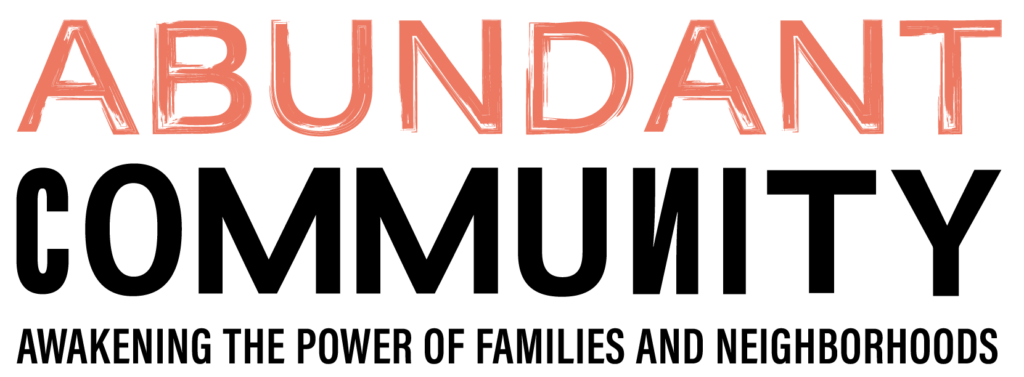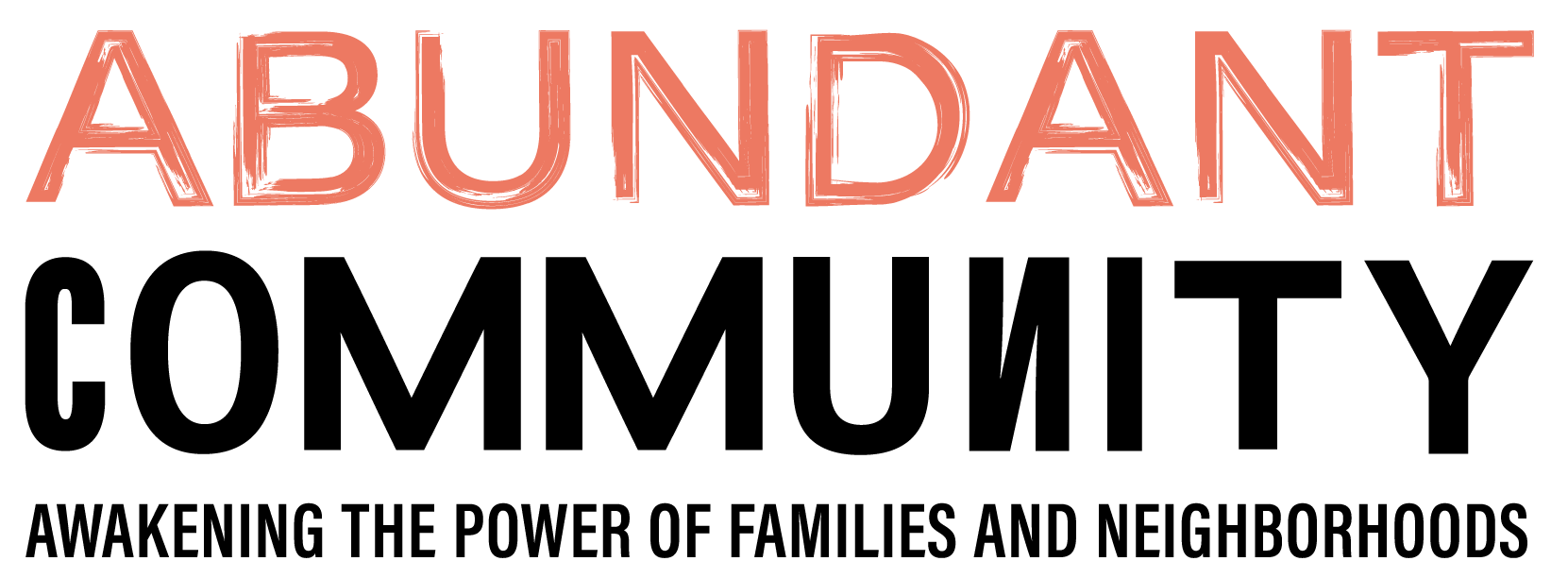For anyone interested in gardens as a context for fostering learning and interaction, the next three posts are guaranteed to provide you with inspiration and practical resources. [Editor’s note: Go to www.communitiesknow.com for installments II and III in Laura’s series on community gardens.]
What are community gardens and where can they exist?
As new sprouts push their way through the ground in my corner of the world, I increasingly turn my attention to the ways in which communities interact in the environments they create. Some of the most exciting sites for communities to come together in are community gardens, allotment gardens, and ecology parks. Gardening together fosters communication and learning. It is also extremely versatile, existing in places such as on the grounds of schools, universities, public parks, government buildings, hospitals and high rises. Given the rich history of community gardening, there is also a wealth of resources available to assist those hoping to develop a garden in their own learning communities.
What’s so great about gardens?
- They can happen almost anywhere – schools, universities, parks, cul-de-sacs, vacant lots, roof tops, old age homes, greenhouses
- They provide a common place for people to come together, learn from each other, and learn about one another
- They push us to take part in collective decision-making, skills sharing, and conflict resolution
- They provide physical exercise and spaces for relaxation
- They can provide food resources
- They provide spaces for insects and other animal life
- They aid us in experiencing and learning about our natural world
- They provide a sense of accomplishment
- They can be the starting point for additional community-focused initiatives such as shared meals, outdoor kitchens, and parks
- In institutional settings, they provide an easily accessible opportunity to get outside. In the case of schools, gardens tie in with all curriculum areas and, more importantly, promote social learning and interaction.
How can I start & sustain a community garden?
Community gardening comes with challenges (which is, really, part of the point!). It is useful to gain inspiration from the actions of those who have come together on previous initiatives, and to learn from their wisdom. Fortunately, there are many fantastic resources that make starting and sustaining a community garden much easier…
- The American Community Gardening Association’s (ACGA) Guide to Starting a Community Garden. The ACGA has also put together a useful series of ‘top ten tips’ sheets.
- The University of California Community Garden Start-Up Guide
- Toolkit for Community and School Garden Organizers (Friends of Bulrlington Gardens & the Vermont Community Garden Network)
- Community Gardening Manual (including information for starting a seniors garden), Atlanta Regional Commission
- Starting a Community Garden Project by the National Singapore Parks gardening program. (includes: residents of public housing estates, residents of private housing estates, school-based projects, other organzations, and support provided by NParks).
- Guide to setting up your own Edible Rooftop Garden (The Rooftop Project)
- Starting a Community Vegetable Garden by Ron Walser
- For those wishing to start a school garden, City Farmer has put together a list of resources that range from ‘how to’ guides to curriculum planning. See the California School Garden Network for a set of resources on Best Practices in Middle School Gardens. The Edible Schoolyard Project also has a variety of publications available and also runs a four day academy on school gardens .


